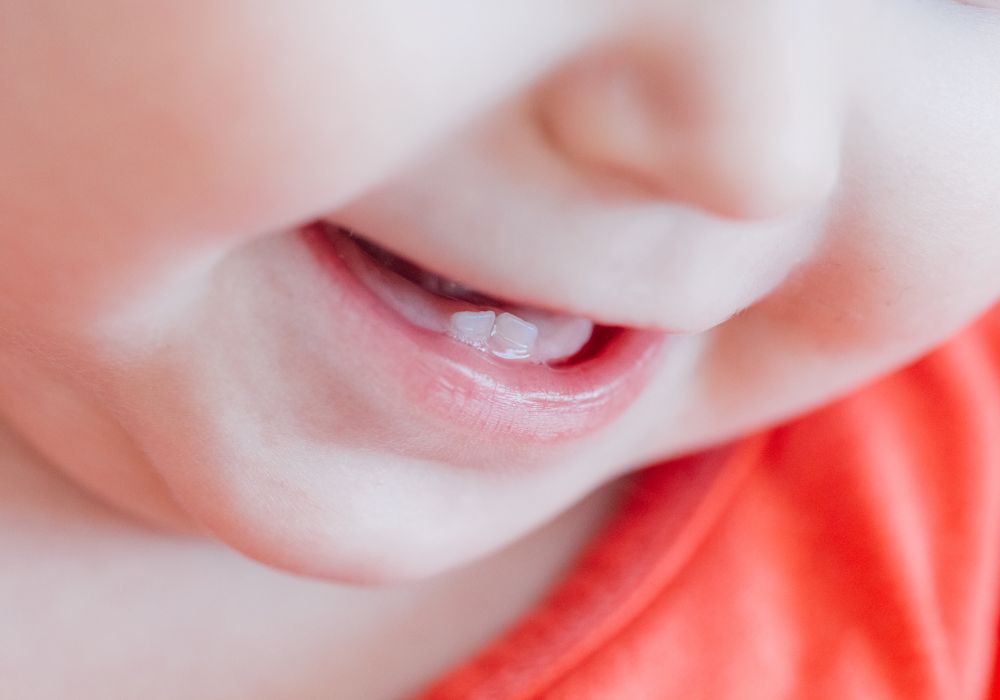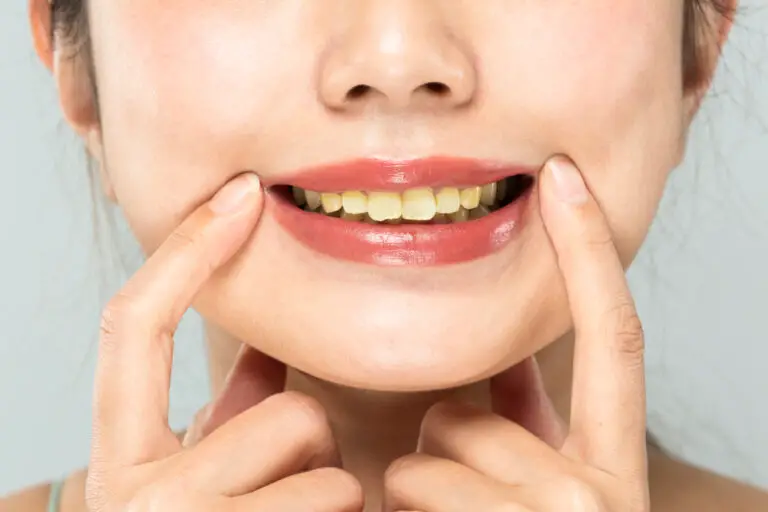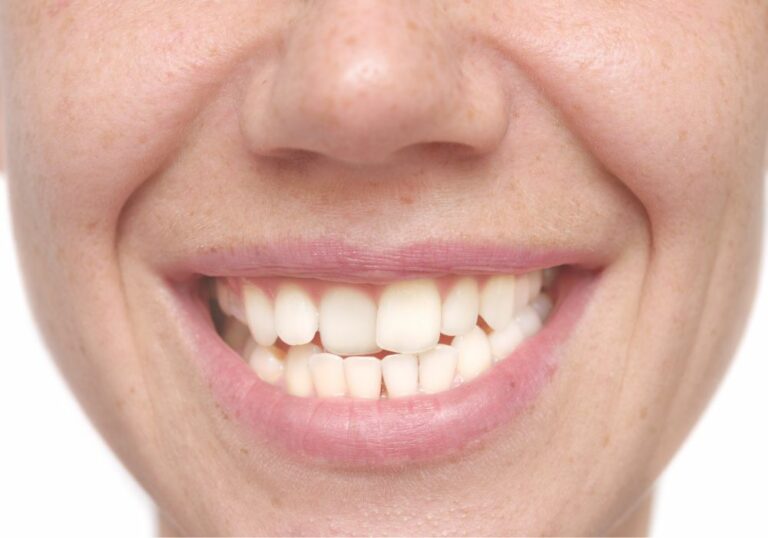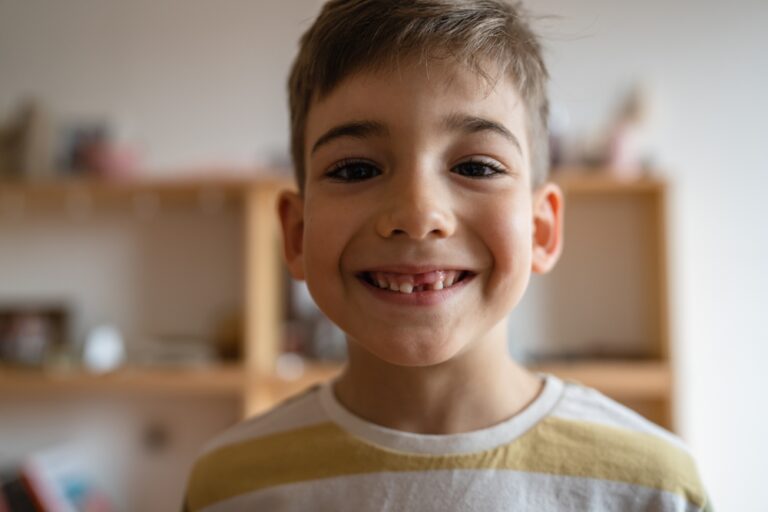Are you a parent or caregiver wondering when your toddler’s teeth will start coming in? It’s natural to be curious about your child’s development, and knowing what to expect can help ease any concerns you may have. Toddlers typically get their first set of teeth, also known as baby teeth or primary teeth, between six and twelve months of age.
The exact timing can vary from child to child, but the general order of tooth eruption is fairly consistent. The bottom front teeth, also called the lower central incisors, usually come in first, followed by the top front teeth (upper central incisors). From there, the teeth typically come in pairs, with the two teeth on either side of the front teeth (lateral incisors) coming in next, followed by the first molars, canines, and second molars. By the time your child is about three years old, they should have a full set of 20 baby teeth.
Understanding Toddler Teeth Development
As a parent, you may be wondering when your toddler’s teeth will start coming in and what teeth you can expect them to have. Here’s a breakdown of toddler teeth development to help you understand what to expect.
When do toddler teeth come in?
Typically, a toddler’s teeth begin to come in between the ages of 6 and 12 months. However, the exact timing can vary from child to child. By the time your toddler is 3 years old, they will usually have a full set of 20 primary teeth.
What teeth do toddlers get?
Toddler teeth come in a specific order. The first teeth to come in are usually the two front teeth on the bottom (lower central incisors), followed by the two front teeth on the top (upper central incisors). From there, the teeth will continue to come in until your toddler has a full set of 20 primary teeth.
Here’s a breakdown of the order in which toddler teeth usually come in:
| Age Range | Teeth |
|---|---|
| 6-10 months | Lower central incisors |
| 8-12 months | Upper central incisors |
| 9-13 months | Upper lateral incisors |
| 10-16 months | Lower lateral incisors |
| 13-19 months | First molars |
| 16-23 months | Canines (cuspids) |
| 23-31 months | Second molars |
What to expect during toddler teething
Teething can be a difficult time for both toddlers and parents. Some common signs that your toddler is teething include:
- Increased drooling
- Irritability or fussiness
- Difficulty sleeping
- Loss of appetite
- Swollen or tender gums
There are several things you can do to help ease your toddler’s discomfort during teething, such as giving them a cold teething ring or a clean, damp washcloth to chew on. You can also talk to your pediatrician about using over-the-counter pain relievers or teething gels.
How to care for toddler teeth
Even though toddler teeth are temporary, it’s important to take good care of them. Here are some tips for caring for your toddler’s teeth:
- Brush your toddler’s teeth twice a day with a soft-bristled toothbrush and a pea-sized amount of fluoride toothpaste.
- Avoid giving your toddler sugary or starchy foods and drinks, which can lead to tooth decay.
- Schedule regular dental checkups for your toddler, starting at around 1 year old.
By understanding toddler teeth development and taking good care of your toddler’s teeth, you can help ensure that they have a healthy smile for years to come.
When Do Toddlers Start Teething

As a parent, you may be wondering when your toddler will start teething. The truth is, every child is different, and there is no exact age when all toddlers start teething.
However, most toddlers start teething between 6 and 12 months of age. Some may start as early as 4 months, while others may not start until after their first birthday. It’s important to remember that every child’s development is unique, and there is no need to worry if your child’s teeth are coming in at a different pace than their peers.
The first teeth to emerge are usually the two front teeth, also known as the central incisors, on either the top or bottom row. After that, the rest of the teeth will gradually come in over the next few years.
It’s important to note that teething can be a painful process for some toddlers, and they may experience discomfort and irritability. As a parent, you can help ease their discomfort by providing them with teething toys, cold washcloths, or even a gentle massage on their gums.
In addition, it’s important to maintain good oral hygiene habits as soon as your child’s first tooth emerges. This includes brushing their teeth twice a day with a soft-bristled toothbrush and fluoride toothpaste, as well as scheduling regular dental checkups with their pediatric dentist.
Overall, teething is a natural process that every toddler goes through at their own pace. By being patient and providing them with the necessary care and comfort, you can help make this transition as smooth as possible for both you and your child.
The Order of Appearance
When it comes to the order of appearance of your toddler’s teeth, there is a general pattern that most children follow. Here are the four main types of teeth that your child will get and when you can expect them to appear.
First Teeth
The first teeth to appear are usually the bottom front teeth, also known as the central incisors. These typically come in around 6-10 months of age. The top front teeth (also central incisors) usually follow shortly after, around 8-12 months of age. After these teeth have appeared, the lateral incisors (the teeth next to the central incisors) will start to come in.
Molars
Molars are the teeth at the back of the mouth that are used for grinding food. The first set of molars usually appear around 12-16 months of age. These are followed by the second set of molars, which usually come in around 20-30 months of age.
Canines
The canines, also known as cuspids, are the sharp, pointy teeth located between the incisors and molars. These teeth are used for tearing food. The upper canines usually appear around 16-22 months of age, while the lower canines come in a bit later, around 17-23 months of age.
Second Molars
The second set of molars, also known as the second primary molars, are the last teeth to come in. These molars are located at the back of the mouth, behind the first set of molars. They usually appear between 25-33 months of age.
Remember, every child is different, and the timing of tooth eruption can vary. If you have any concerns about your child’s teeth, be sure to talk to your pediatric dentist.
Teething Symptoms

Teething is a natural process that can cause discomfort for your toddler. Here are some common symptoms of teething:
- Drooling: Your toddler may drool more than usual during teething. This can cause rashes around the mouth and chin.
- Irritability: Your toddler may become fussier than usual and may cry more often. This is because teething can be painful and uncomfortable.
- Biting and gnawing: Your toddler may bite and gnaw on objects to relieve the pressure on their gums.
- Difficulty sleeping: Teething can disrupt your toddler’s sleep patterns, causing them to wake up more often during the night.
- Loss of appetite: Your toddler may refuse to eat or drink because of the discomfort caused by teething.
- Ear pulling: Teething pain can sometimes be felt in the ears, causing your toddler to pull at their ears.
It’s important to note that not all toddlers experience the same teething symptoms. Some may have no symptoms at all, while others may have all of the above symptoms. If you’re unsure whether your toddler is teething or if their symptoms are caused by something else, consult your pediatrician.
Teething Remedies
Teething can be a difficult time for both toddlers and parents. Fortunately, there are some remedies that can help ease the pain and discomfort. Here are a few suggestions:
Cold Objects
Cold objects can help numb sore gums and provide relief. You can try giving your toddler a chilled teething ring or a cold washcloth to chew on. Some parents even freeze fruit or breastmilk in a silicone teething feeder for a tasty and soothing treat.
Massage
Gently massaging your toddler’s gums with a clean finger or a soft, damp cloth can help provide relief. You can also try using a gum massager or a toothbrush specifically designed for infants.
Pain Relief Medication
Over-the-counter pain relief medication, such as acetaminophen or ibuprofen, can help alleviate teething pain. However, it’s important to consult with your pediatrician before giving your toddler any medication.
Distractions
Sometimes, a good distraction can help take your toddler’s mind off the discomfort of teething. You can try singing songs, reading books, or playing with toys to help keep your toddler occupied.
Comfort
Finally, providing your toddler with plenty of love and comfort can help ease the pain of teething. Cuddling, rocking, and offering extra snuggles can all help make your toddler feel better during this challenging time.
Remember, every toddler is different, and what works for one may not work for another. Be patient and try different remedies until you find what works best for your little one.
Dental Care for Toddlers

Taking care of your toddler’s teeth is important for their overall health and well-being. Here are some dental care tips for toddlers:
Brushing
Brush your toddler’s teeth twice a day with a soft-bristled toothbrush and a pea-sized amount of fluoride toothpaste. Make sure to brush all surfaces of their teeth and their tongue. Encourage your toddler to spit out the toothpaste, but don’t rinse their mouth with water as this washes away the fluoride.
Flossing
Once your toddler’s teeth start touching each other, it’s time to start flossing their teeth. Use a child-sized flosser or wrap a piece of floss around your fingers and gently slide it between their teeth.
Diet
Limit your toddler’s intake of sugary and starchy foods and drinks. These can lead to tooth decay. Instead, offer them a variety of fruits, vegetables, and dairy products.
Check-ups
Take your toddler to the dentist for regular check-ups. The American Academy of Pediatric Dentistry recommends the first visit by the age of one or within six months of their first tooth appearing. Regular check-ups can help detect any dental problems early on and prevent them from getting worse.
Remember, good dental care habits start early. By taking care of your toddler’s teeth, you are setting them up for a lifetime of healthy smiles.
Frequently Asked Questions
When do baby teeth typically start coming in?
Most babies start getting their first teeth around 6 months of age, but it’s not uncommon for some babies to start teething as early as 3 months or as late as 1 year old.
What is the order in which baby teeth come in?
Generally, the bottom front teeth (central incisors) come in first, followed by the top front teeth (central incisors). After that, the lateral incisors, first molars, canines, and second molars come in, usually in pairs on the top and bottom.
How many baby teeth should a toddler have?
Toddlers typically have 20 baby teeth, also known as primary teeth. These teeth will eventually fall out and be replaced by permanent teeth.
What are the signs that a toddler is teething?
Some common signs that a toddler is teething include drooling, fussiness, irritability, trouble sleeping, and biting or chewing on objects.
Which baby teeth are the most painful for toddlers?
The molars are usually the most painful teeth for toddlers to get because they are larger and take longer to come in. However, every child is different, and some may experience more pain with other teeth.
When do 2-year molars typically come in?
The 2-year molars usually come in between 23 and 33 months of age. These teeth are located at the back of the mouth and are the last of the baby teeth to come in before the permanent teeth start to emerge.






